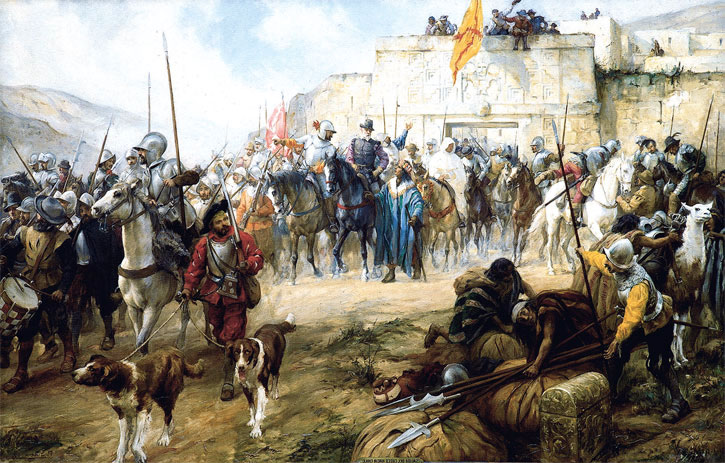Fashion Book Friday: Madeleine Vionnet by Betty Kirke
This is my archive of fashion related books. Most of them are in English, but many are not. Some are new, but many are real finds. Depends on the topic, really...
Madeleine Vionnet is herself in many ways like that incredibly hard to photograph silhouette on the cover (this was my best effort, sorry): if you ever wore one of those slinky, comfy but stylish bias-cut dresses or skirts, or clothes with an unusual cut, such as atacac.com make, you wear things that own their existence to Vionnet`s pioneering work in cut and design. But her name will probably be unknown to most people, which also makes Betty Kirke´s book such a treasure trove.
The first part of the book tells Vionnet`s biography and her meteoric rise to a fashios superstar - at age 12, she was forced to leave school and start earning money as a tailor´s apprentice, at age 19, she was already head of Kate Reilly`s workshop in London and worked for the then very famous house Callot Soeurs (descendants of the 17th-century printmaker Jacques Callot ). She later claimed, it was thanks to them that she learned to make Rolls-Royces instead of Fords - a jab at her competitor Coco Chanel, whose little black dress was compared to a Ford T-model. Vionnet had her own fashion house in 1912, and during the Twenties was one of the first to offer ready-made clothing under an American license (this business survived until the Wall Street Crash of 1929).
I have to admit though that what most struck me when I first read about her was her focus on sewists`s working condition. She said that one of her earlier experiences was when she and her boss made two absolutely identical blouses (for twins), but she was paid only a fraction, because she was just a lowly apprentice. Throughout her working life, she made sure her employees worked in good conditions - the picture below shows her - well lit and ventilated - sewing room.
She was also the first to offer perks that went far beyond what the law demanded, such as free lunches, on-site doctors and child care, maternity leave and paid vacations. In an industry that to this day is known in first place for abysmal pay and horrible working conditions, this is so unusual I think we all need reminding that yes, it is possible to treat workers humanely while remaining economically competitive.
Vionnet closed her salons at the outbreak of WWII and did not reopen afterwards, as she was already over 70 at that point - although it is very possible that her slinky and flowing style would have struggled in the heavily structured fashiones of the 50s. She lived to be almost 99.
And here we come to the most important bit about her work (and Kirk`s book) - her absolutely incredible, try-to-wrap-your-head-around-that designs. She never worked with sketches, instead she had a small doll on which she draped her designs directly, which lead to a very different perspective on the body and how to dress it - on the right is the front- and back view of a dress from the thirties. In fact, her designs almost never follow the conventional scheme of "front, back, sleeves, collar etc". So should you try to replicate your very own Madeleine Vionnet designer knock off, you´re probably in for a very steep learning curve.
Because the unique thing about this book is that Betty Kirk offers, apart from an interview with Vionnet, probably one of her last, and excellent fotos of original garments, diagrams of a series garment from the late teens to the late thirties. They give an astonishing insight into her construction techniques and - in my case - completely turned around the ideas about what is doable and what isn´s in couture . Not to mention understanding how the often unpopular task of cutting the fabric is the starting point for pure magic.
So, in theory, you could try to replicate those garments - mostly dresses, but also pyjamas, accessories and even coats. but the diagrams are without any sort of scale, which requieres a lot more more effort, calculations and measure-taking on your side. Personally, I only had the courage to replicate the lovely moebius scarf (picture left), and getting even this little bit to scale was quite a bit of head-scratcher. But, yes, it is every bit as elegant and stunning as you would suppose it to be. It drapes into an elegant flower-like knot by a simple movement of the arms, unlike any other scarf or cowl I have seen.
This is a book for a fashion aficionado with an interest for both aesthetic and the technical side of the craft, although a lot of skill and couture confidence will be needed if you actually want to reproduce any of the garments.







No comments:
Post a Comment